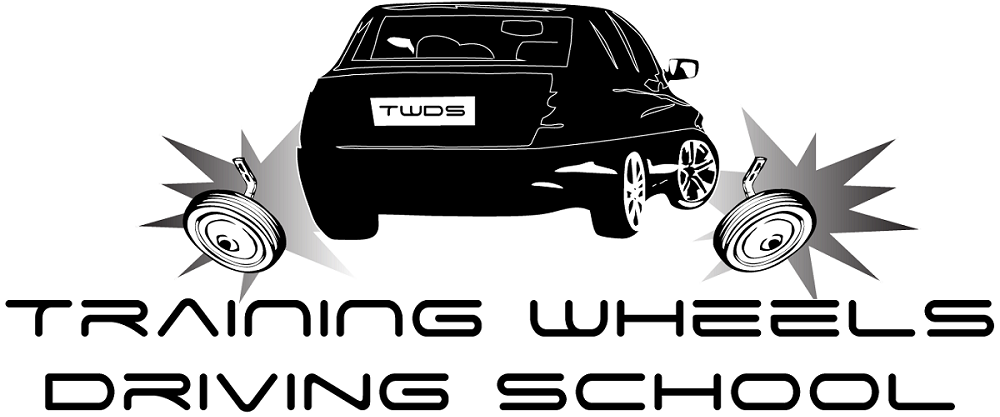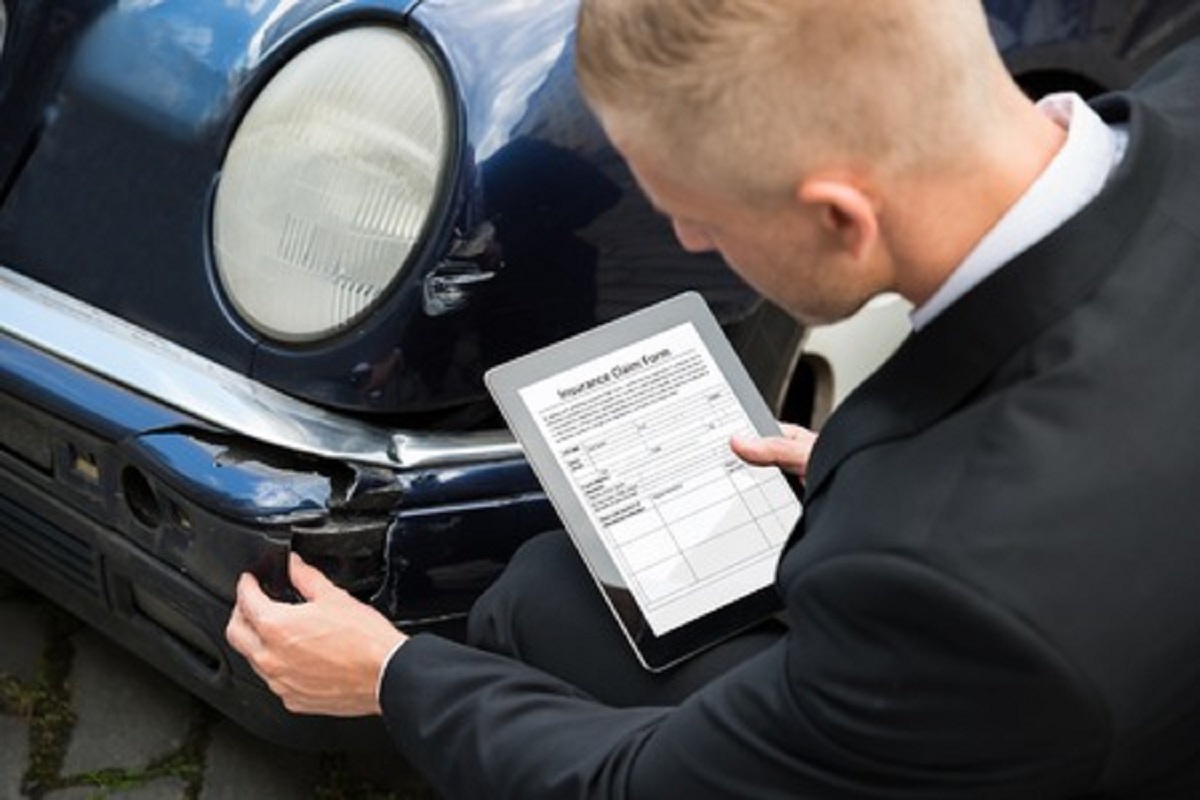Now that you’ve passed the written and driving portions of your driving exam, it’s time to talk about auto insurance, something many new drivers dread like an incoming final. Before heading out down the road, new drivers need to remember that almost every U.S. state calls for drivers to have some level of financial protection and responsibility on their part. For an idea of what car insurance will ask of you, check out our guide below for the exact details.
Liability Insurance
As stated previously, U.S. states have basic requirements for drivers and vehicle owners, such as liability insurance. Liability involves two kinds of coverage: bodily injury and property damage, with the former covering injury suffered by other parties (not you—their liability covers you) during auto accidents, and the latter covers damages to another party’s property during a car accident.
Optional Coverage
Additional yet also common kinds of coverage drivers can request include the following:
Comprehensive and Collision Coverage
This is typically optional unless a vehicle is financed or leased and the lender requires collision until the loan is paid off. Whereas liability covers damage to others’ property, comprehensive and collision is physical damage coverage for protecting your property. Collision covers damage to vehicles after vehicle-on-vehicle collisions while comprehensive is for vandalism, theft, natural disasters, weather conditions, and animal collisions.
This coverage can be useful for metropolitan areas with heavy traffic, but it may not be for older vehicles, as premium payments may cost more than any repairs.
Uninsured and Underinsured Motorist Coverage
Underinsured and uninsured motorist coverage is for cases where a driver hits you and does not have any or adequate coverage for your injuries or damages. Underinsured is for when a driver does not have enough insurance limits for the sustained damages while uninsured is for when a driver does not have coverage at all.
Personal Injury Protection (PIP)
PIP, or no-fault, coverage is for your medical costs due to an accident no matter if you were at fault. PIP, which is required by some states, allows drivers to pay their medical bills without waiting for a long accident investigation to conclude.
Additional Coverage
Other kinds of coverages include rental reimbursement, medical payments, labor and towing, and emergency roadside assistance.
Insurance Rates
A car insurance premium, or rate, is payment drivers must make for coverage. While rates can vary between providers, there are common factors insurance companies consider when determining a driver’s insurance rate:
- Types and amount of coverage
- Driving record, which includes driving history, such as traffic violations, at-fault accidents, and current license status
- The vehicle, including make and model, risk of being vandalized or stolen, cost of potential repairs, safety features, safety rating, and the safety of the vehicle’s parking location
- Where drivers live, with urban areas costing more to insure than rural areas
- Vehicle use
- Credit score
Car Insurance Limits
Car insurance limits are the most coverage a company can provide a certain coverage type. For instance, if a collision limit is $15,000, and a driver incurs $20,000 in damage, the insurance company pays $15,000, leaving the driver responsible for $5,000.
Insurance policies will sometimes have two numbers like 60/120. If liability bodily injury coverage is written this way, this means it pays $60,000 for bodily injury maximum to one driver in accidents you cause, and it pays $120,000 for bodily injury maximum to multiple people in accidents you cause. Raising limits means the insurance company covers more costs, but it also means increased rates.
Deductibles
Car insurance deductibles are the amounts of out-of-pocket money drivers pay before their car insurance coverage kicks in to cover a claim. If an accident causes $2,500 of damage to a car, and the driver’s deductible is $1,000, the driver pays $1,000 of the costs while the insurance company handles the remaining $1,500. Also, high insurance rates mean lower deductibles and vice versa.
Though choosing high deductibles means lower premiums, there may come a day when you need to pay that high deductible after an accident. If it is too high, it may not be affordable.
Researching Insurance Companies
Whether drivers use agents, brokers, or find insurance online, they should always research every car insurance company before they apply for quotes and choose a provider. Drivers can do this by:
- Checking their state Insurance Department for complaint ratios
- Learning the provider’s financial status
- Using reputable companies, such as A.M. Best and J.D. Power, for research
- Looking up the provider’s rating on Better Business Bureau (BBB)
- Finding social media pages—Twitter, Facebook—for the provider
- Talking with friends and family about their car provider experiences
Getting Quotes
Once you’ve narrowed your search down to several companies, apply for at least three insurance quotes from at least three providers. You’ll need some info on hand, including a social security number, VIN number, vehicle make and model, and daily mileage.
Think you or someone you know is in need of Behind the Wheel Training? Training Wheels is an Atlantic City driving school specializing in teaching new teen drivers how to stay safe on the road. For more information on our lessons, please click here.
Copyright: andreypopov / 123RF Stock Photo

